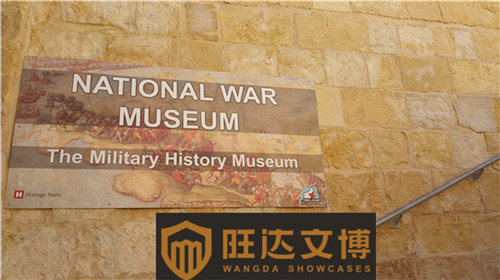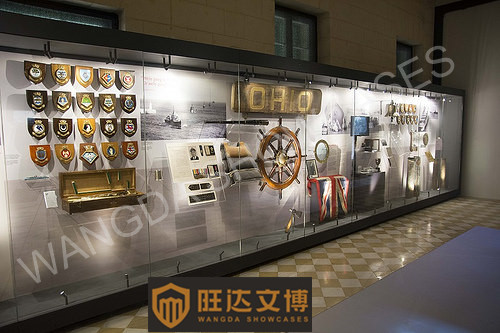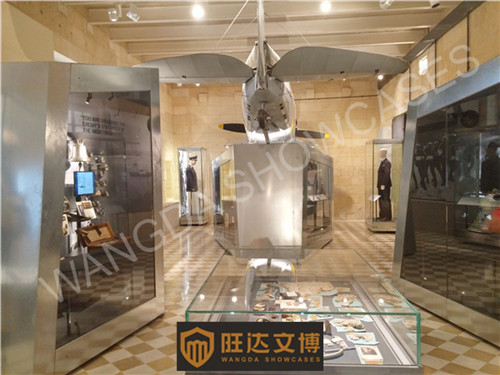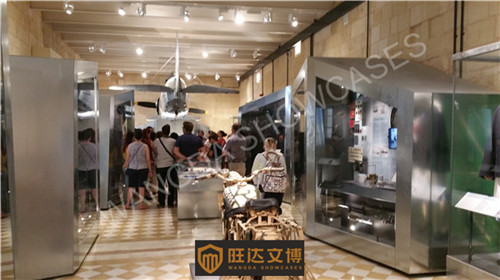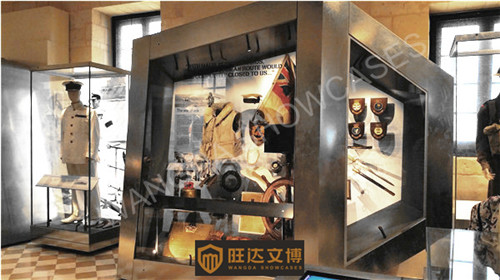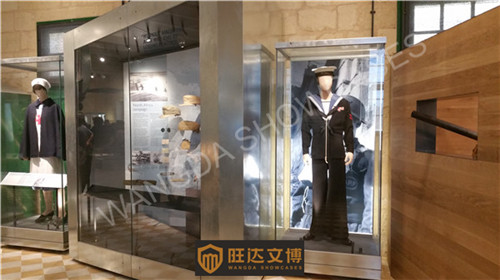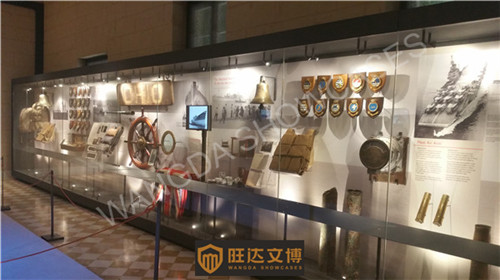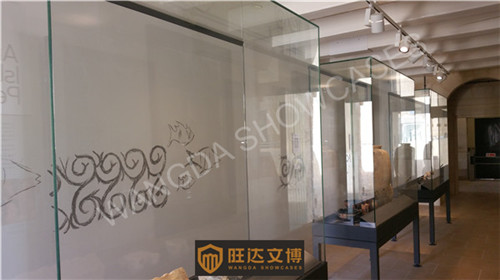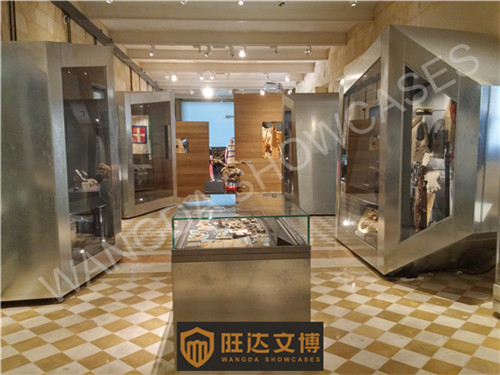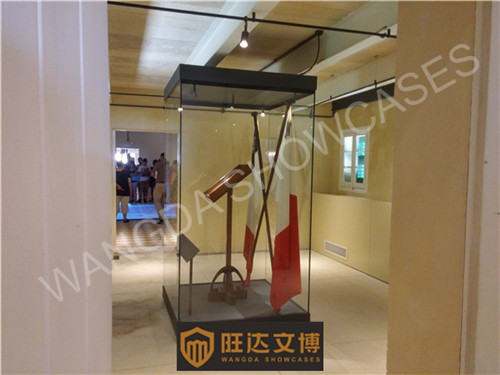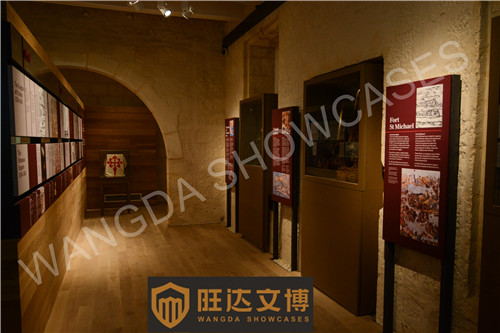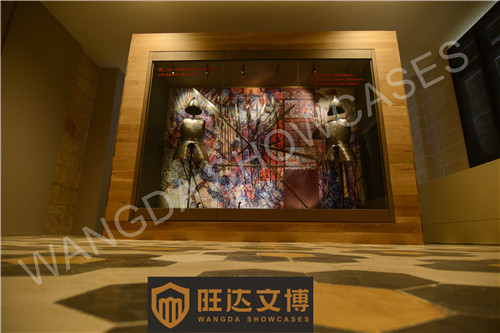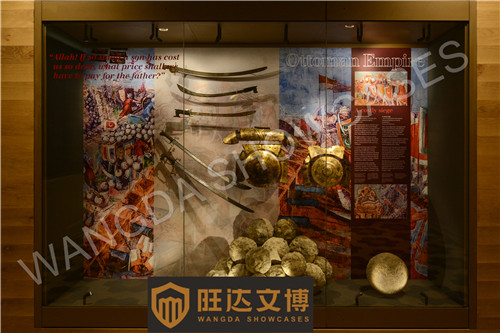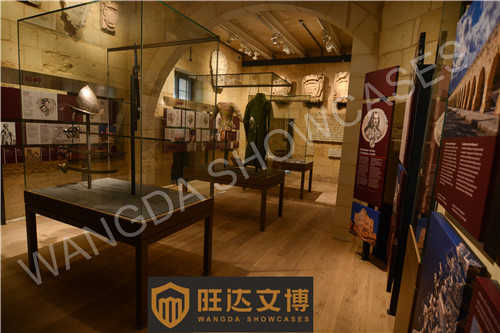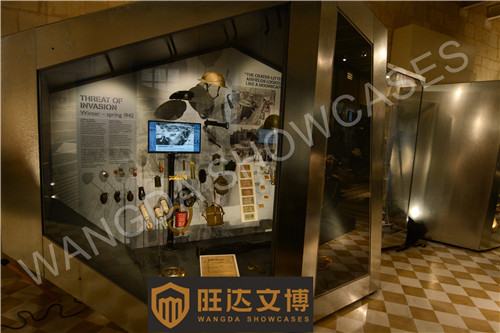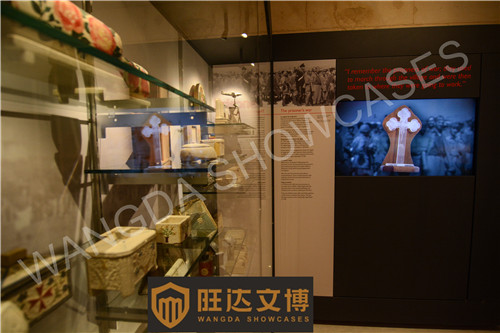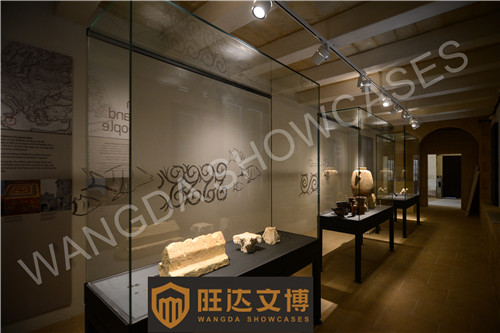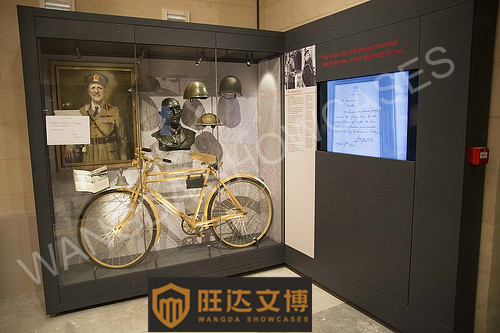With all the museum grade display cases customized by WANGDA SHOWCASES, Museum of National Bank of Vietnam(Ngân hàng Nhà nước Việt Nam) Opens the exhibition to the public in Vietnam.
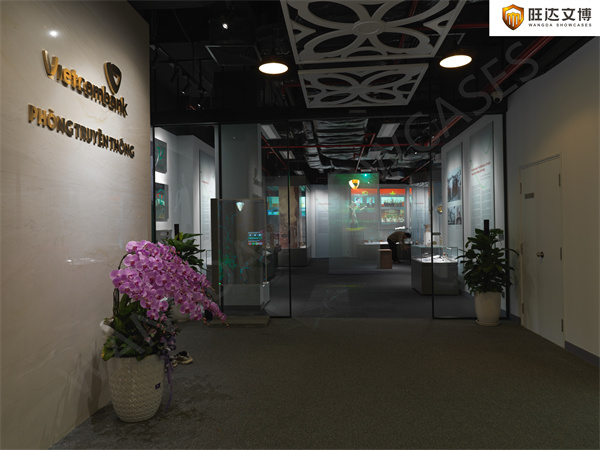
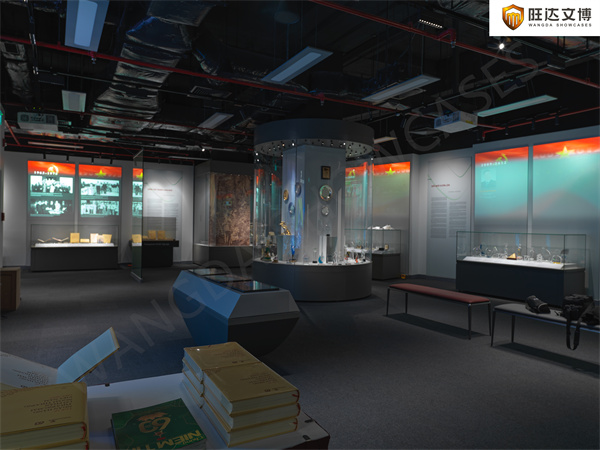
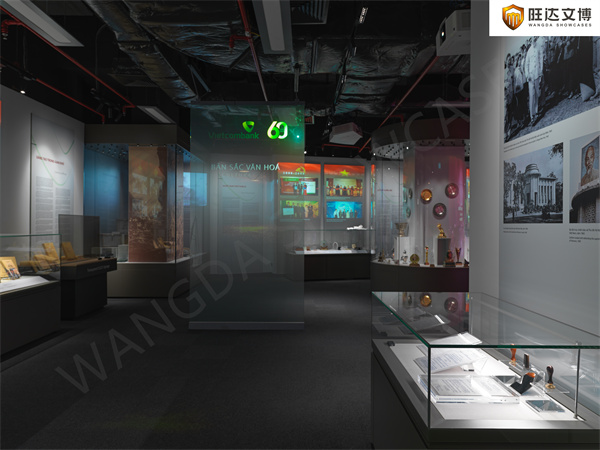
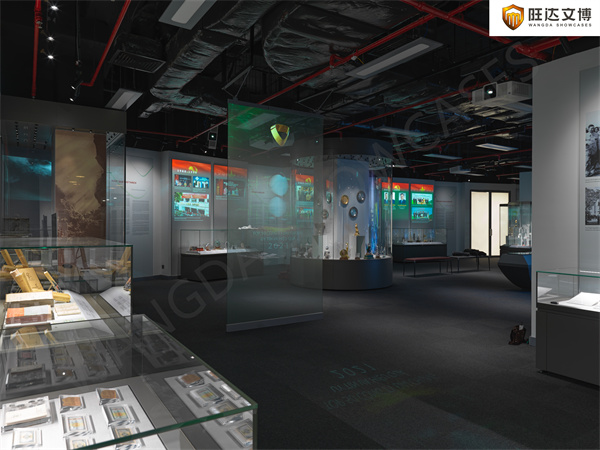
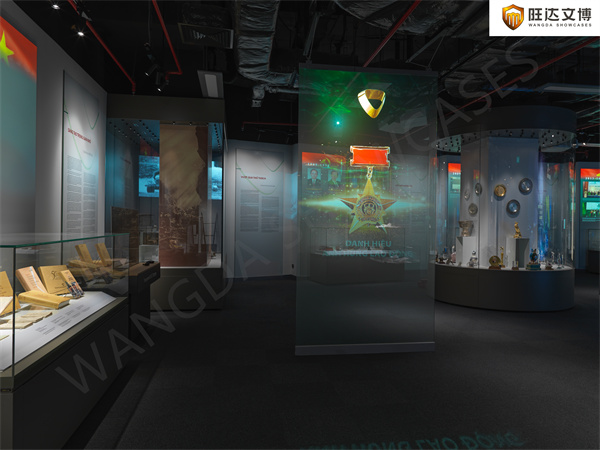
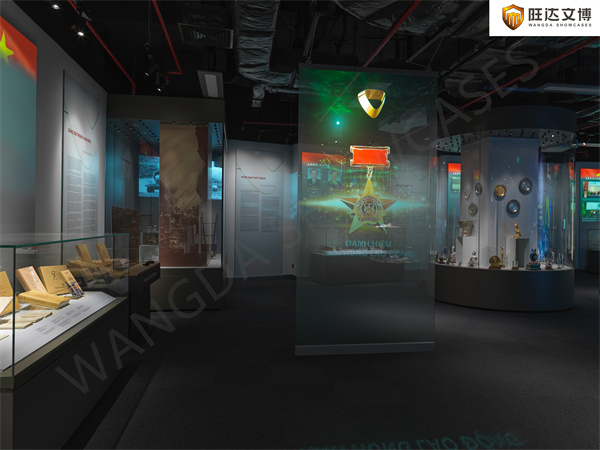
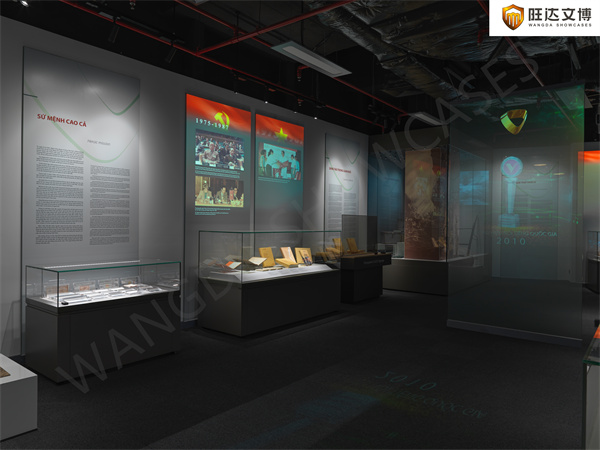
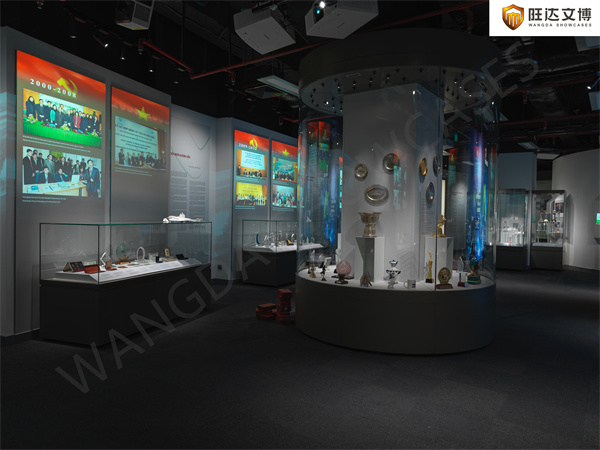
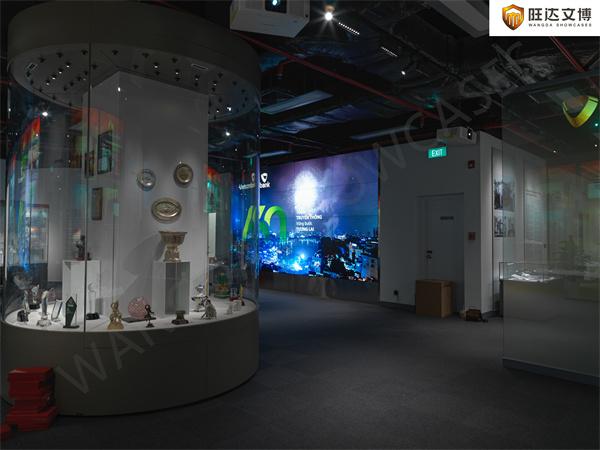
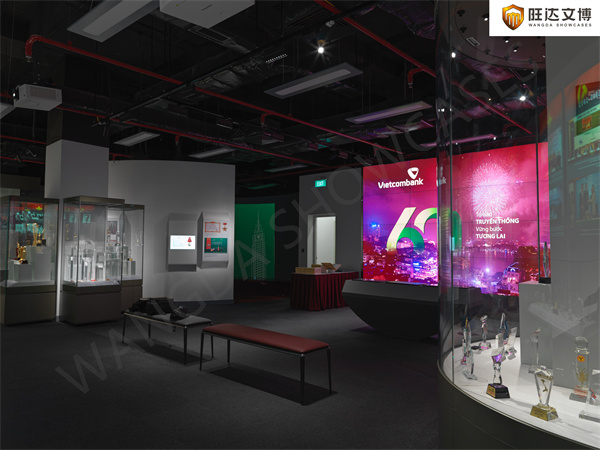
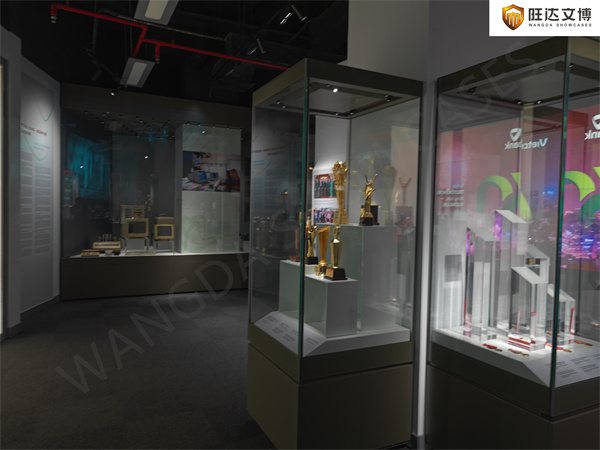
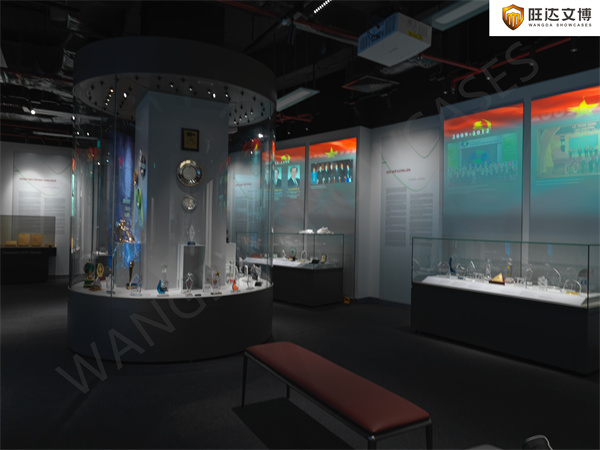
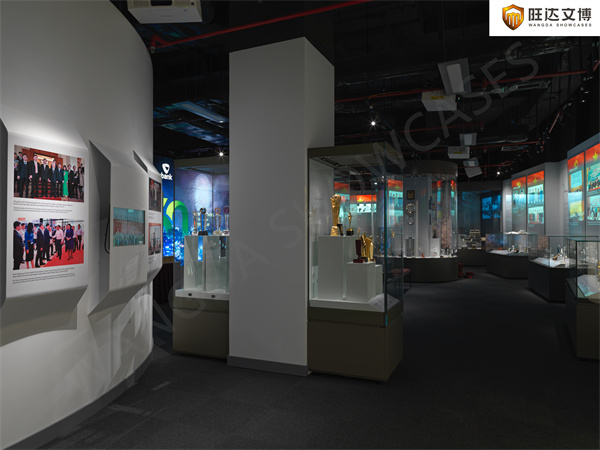
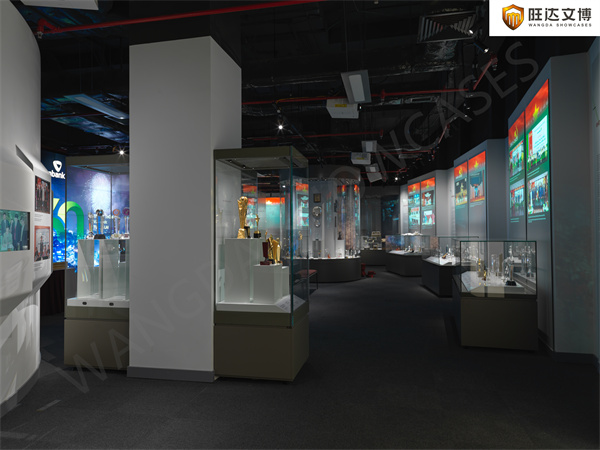
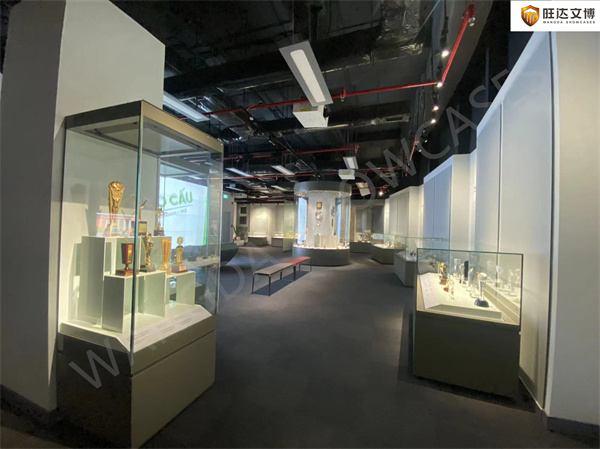
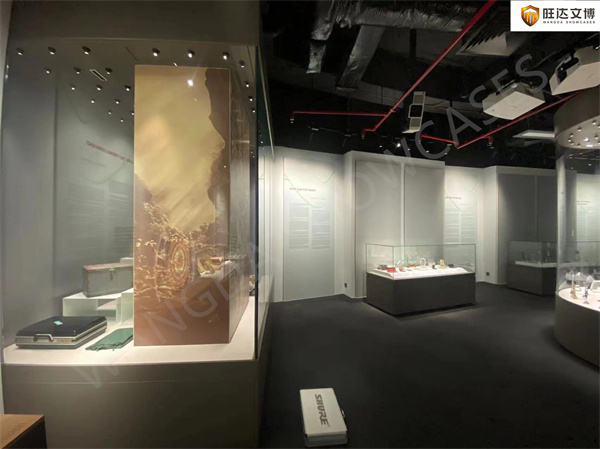
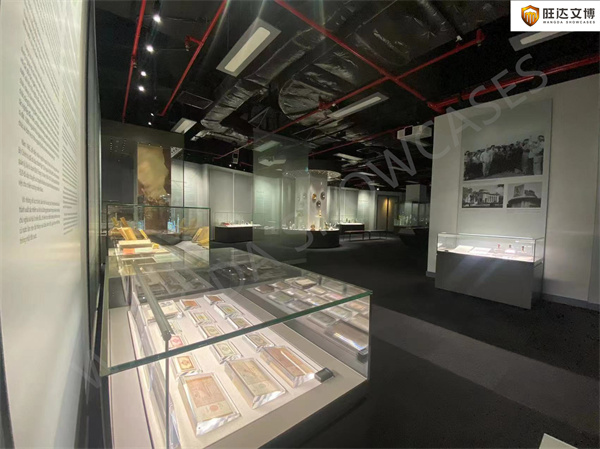
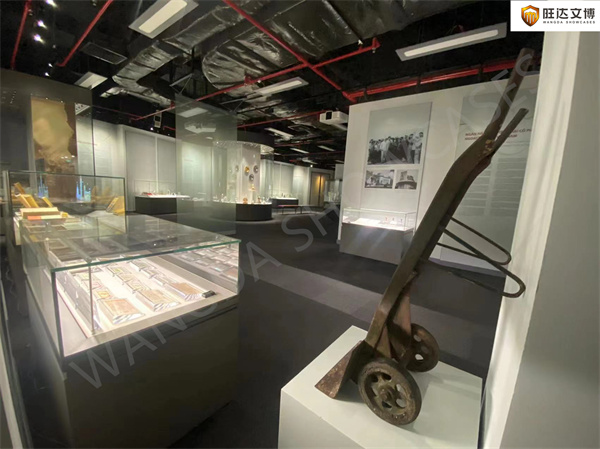
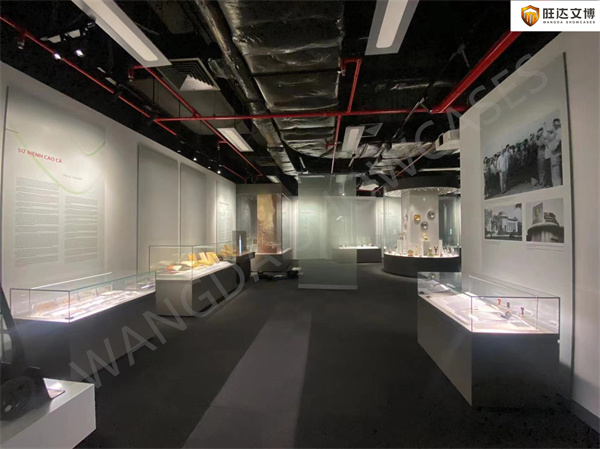
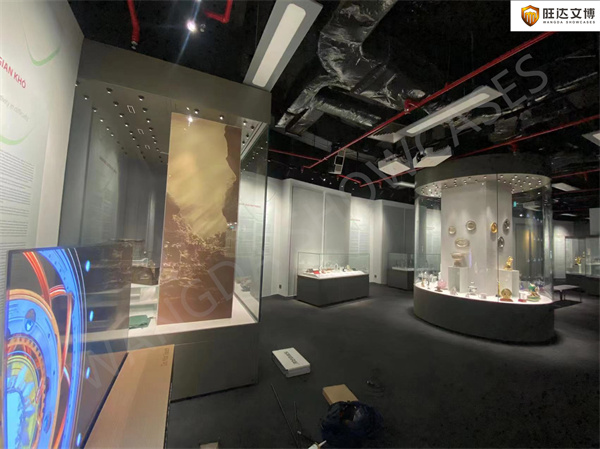
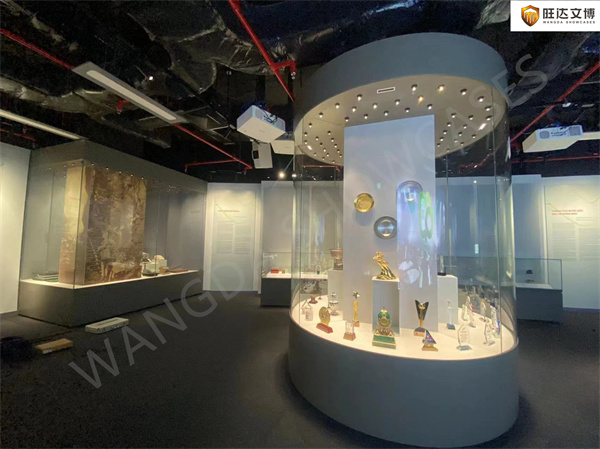
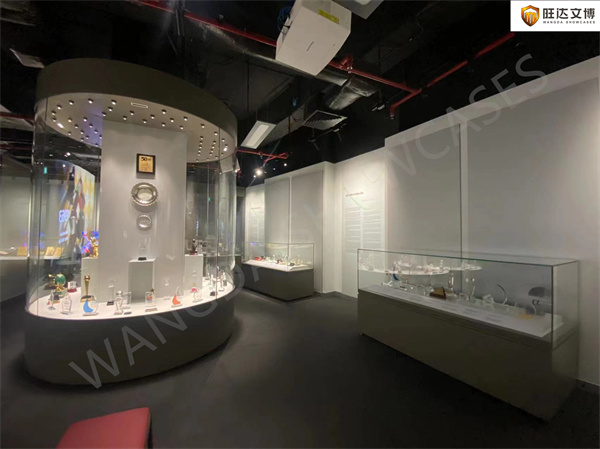
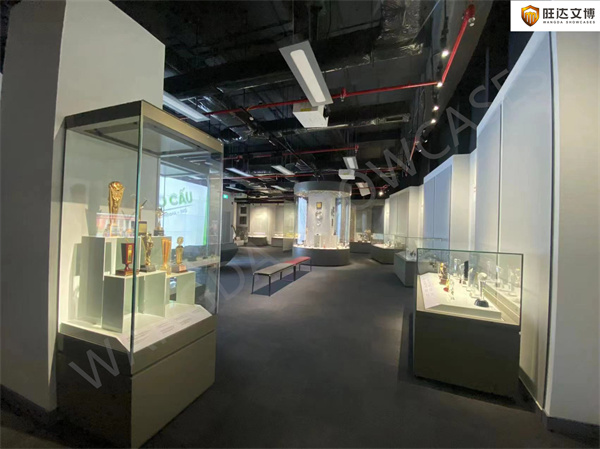
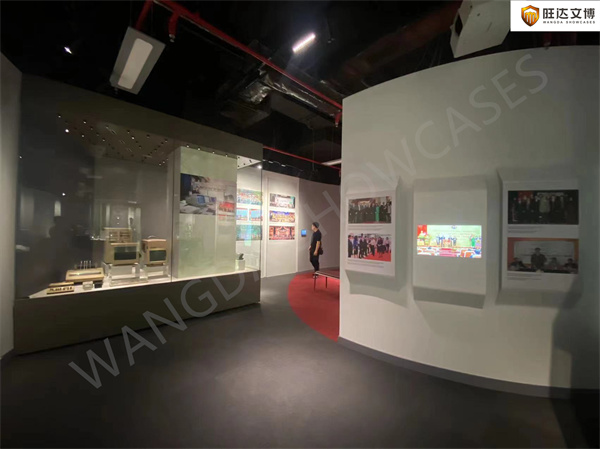

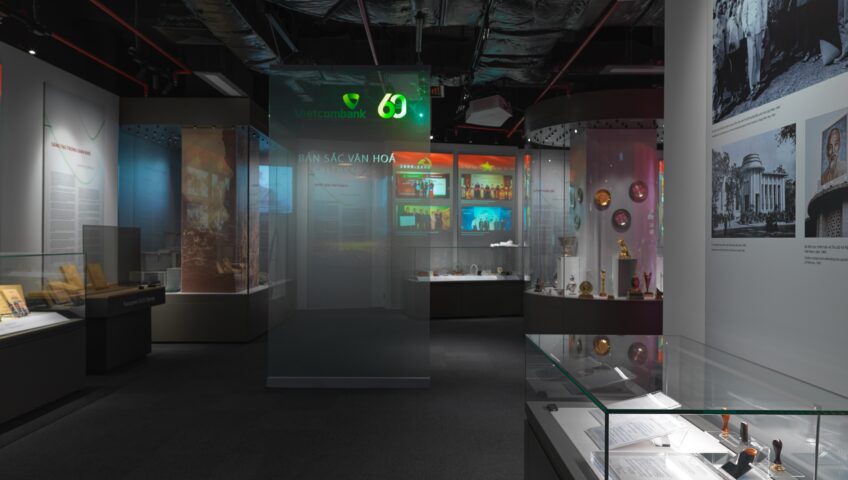
With all the museum grade display cases customized by WANGDA SHOWCASES, Museum of National Bank of Vietnam(Ngân hàng Nhà nước Việt Nam) Opens the exhibition to the public in Vietnam.

























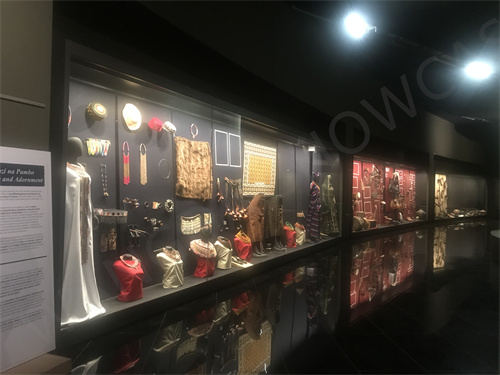
WANGDA SHOWCASES supplied and installed all the museum display cases for all the galleries for National Museum of Kenya. All the display cases are custom-built by anti-reflective glass with minimal reflectivity and robust steel structure with steel sheet cladding in durable powder-coated finish. The motor-driven system are equipped for all the large display cases to allow easy operation by one person. Internal lighting systems consisting of dimmable spot illumination and area lighting create a theartric display atmosphere for priceless historical artifacts.

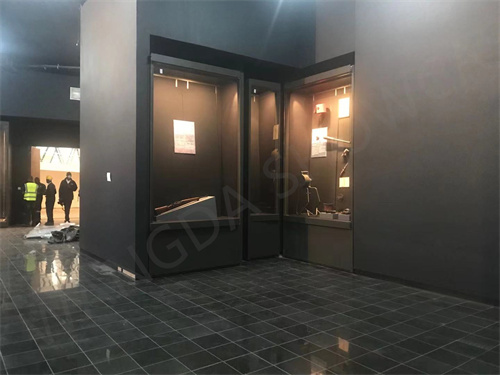
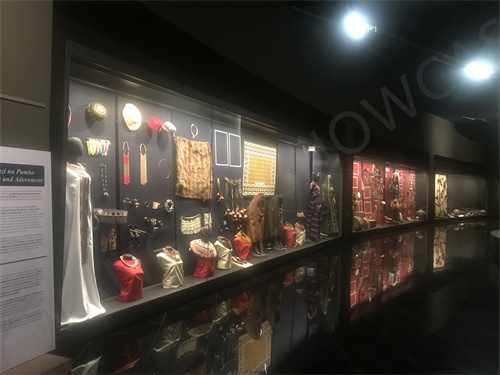
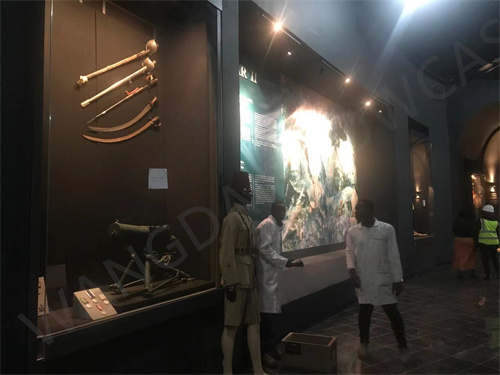
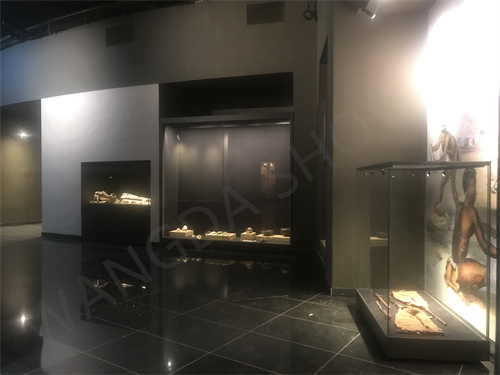
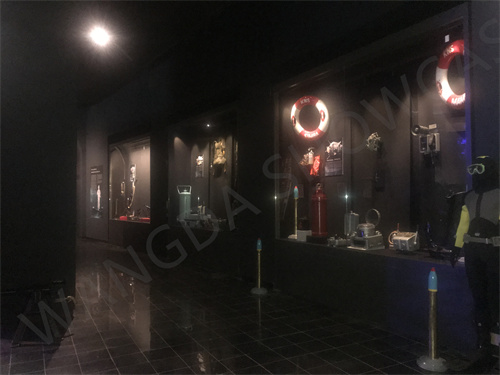
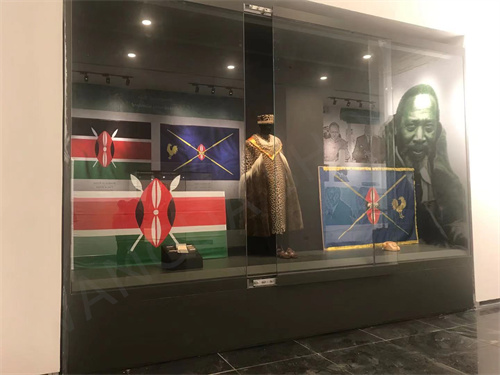
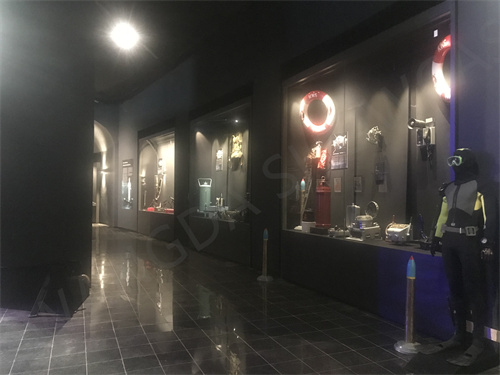
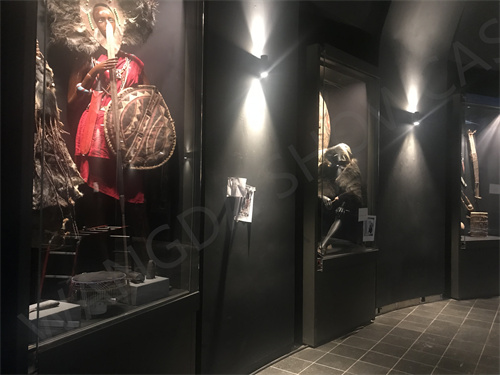
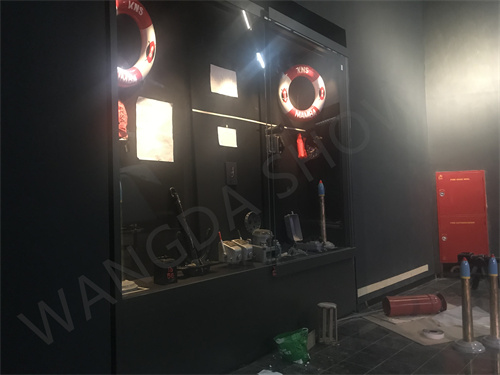
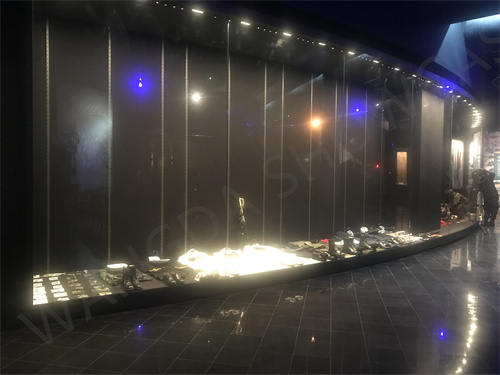
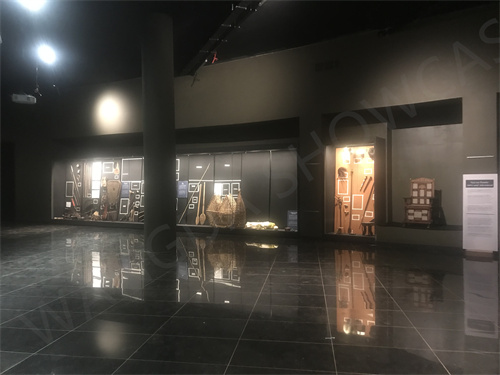
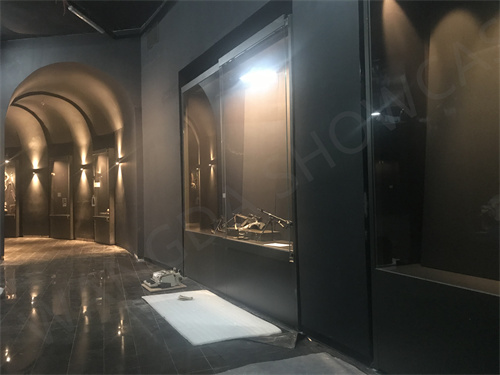
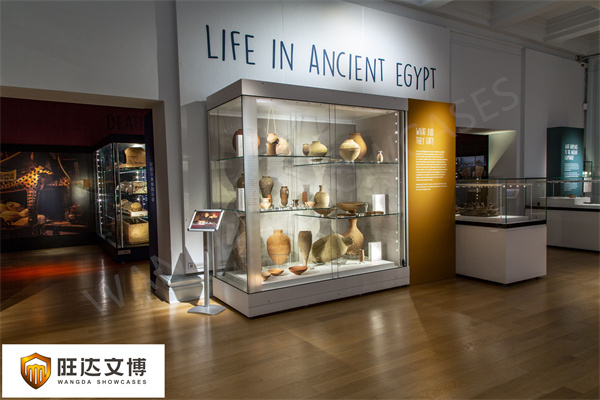
WANGDA SHOWCASES supplied and instlled all the customized museum grade display cases for the gallery of Life in Ancient Egypt in the New Walk Museum in the UK.
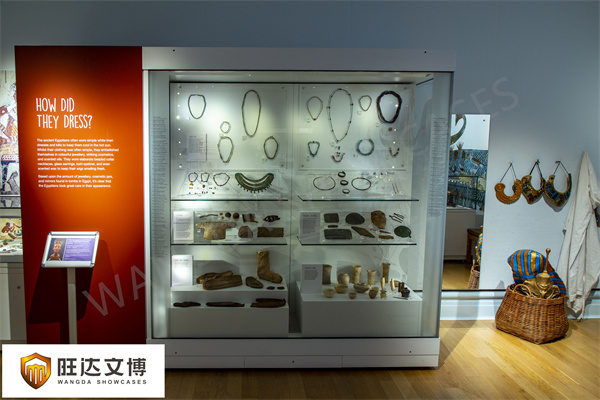
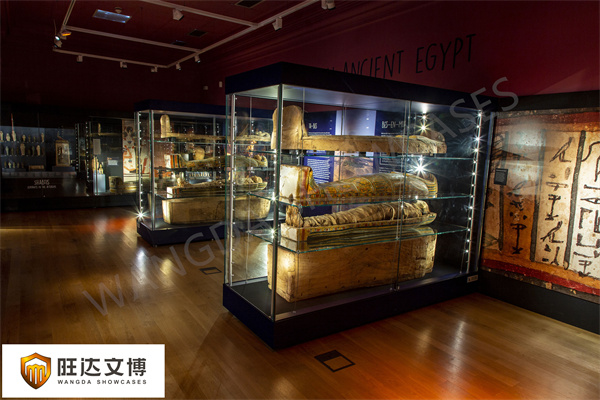


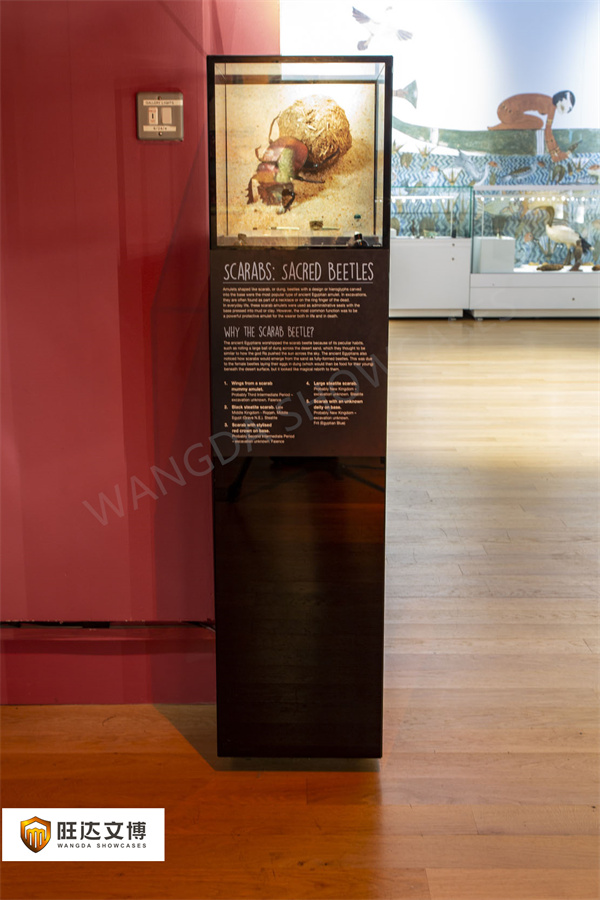
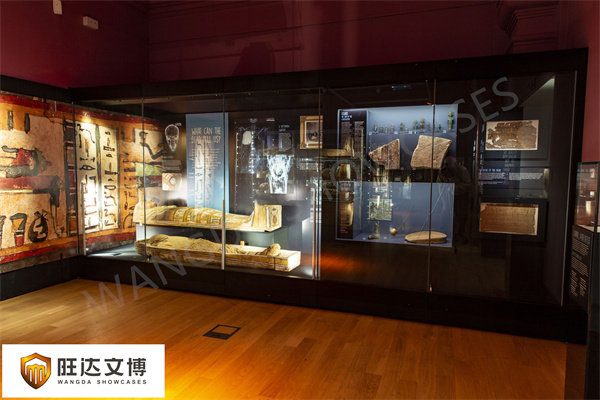
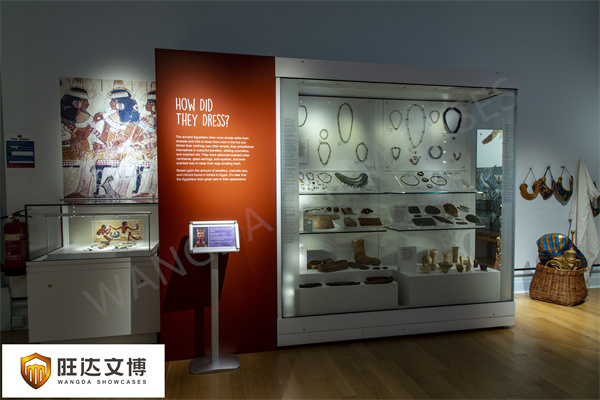
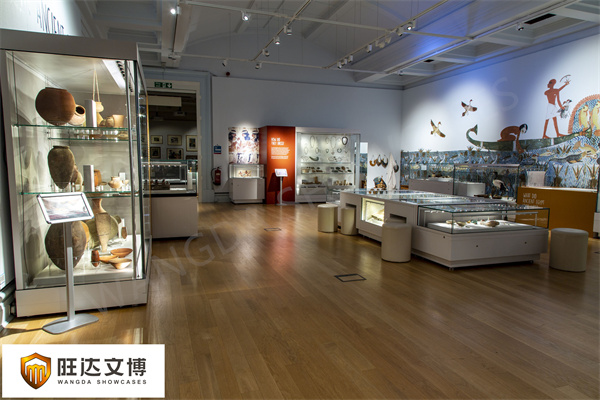

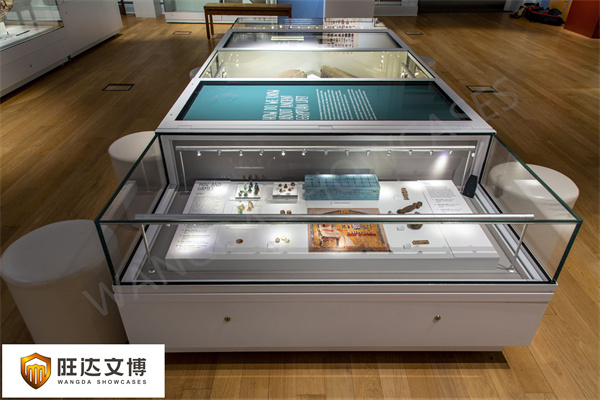
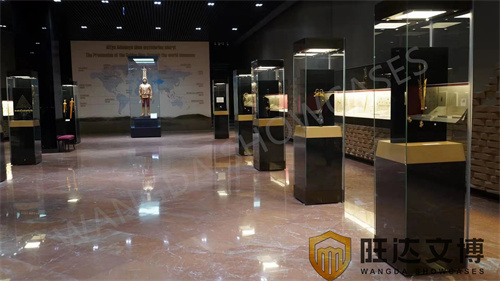
WANGDA SHOWCASES customized high end museum showcases for National Museum of the Republic of Kazakhstan. The National Museum of the Republic of Kazakhstan (Kazakh: Қазақстан Республикасының Ұлттық музейі, Qazaqstan Respýblıkasynyń Ulltyq mýzeıi), is located in Nur-Sultan.
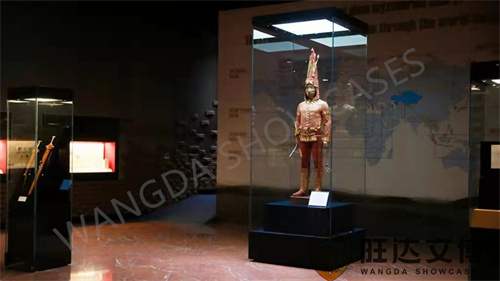
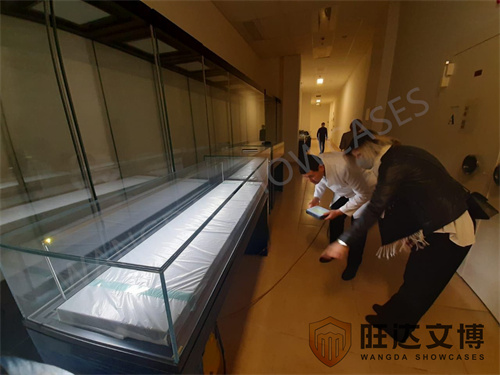
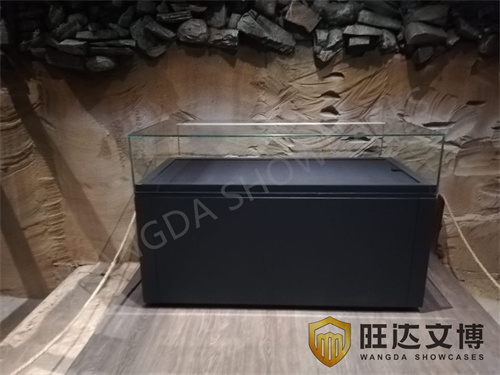
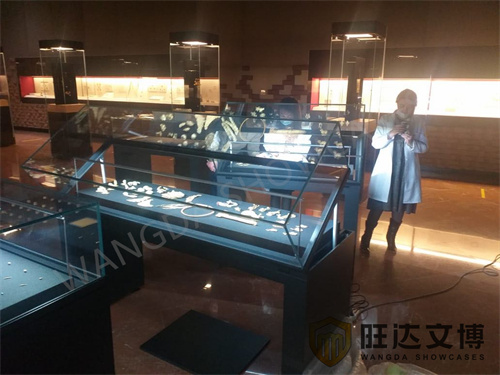

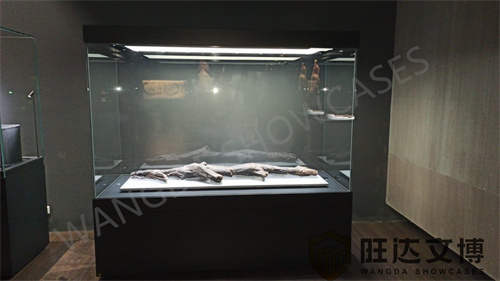
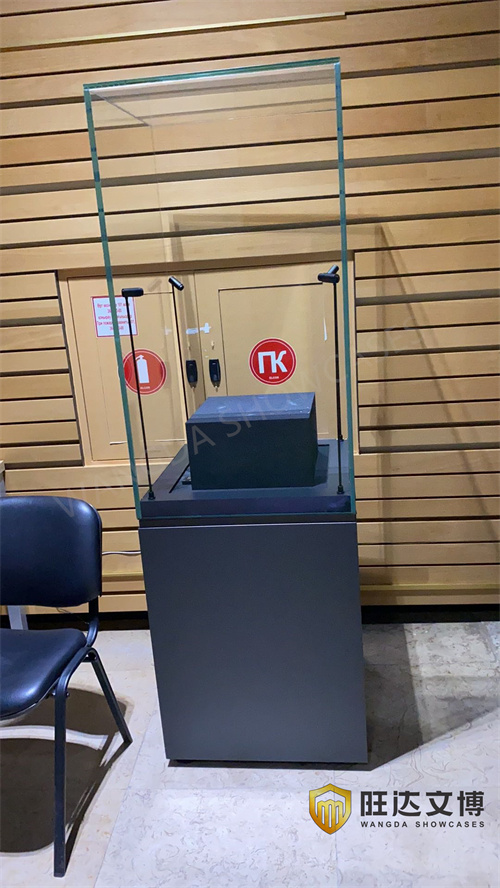
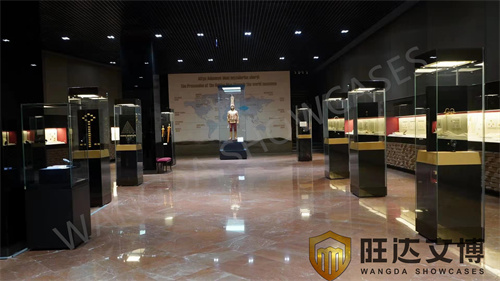
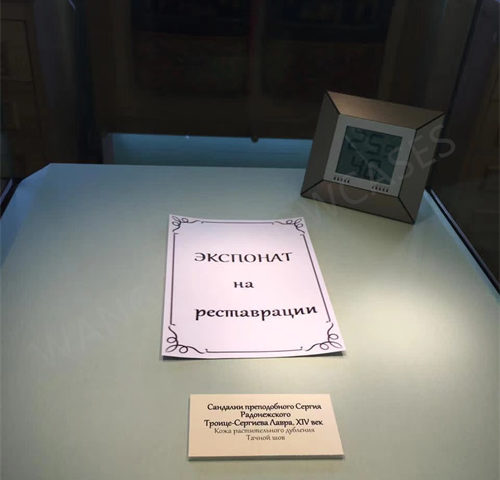
Seraphim Sarovsky Exhibition of Saint Sergius of Radonezh in Moscow, Russia opens to the public. WANGDA SHOWCASES customized superb museum grade display cases in compliance with the highest international technology and quality criteria of museum showcases professional for museum grade conservation, protection and exhibition.
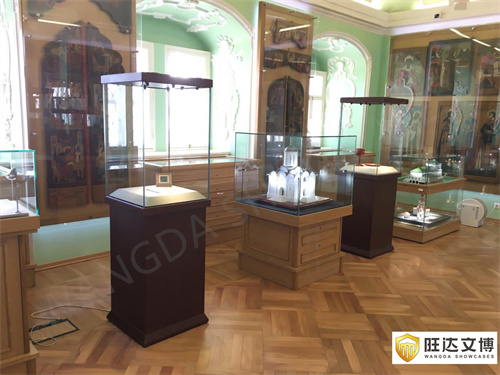
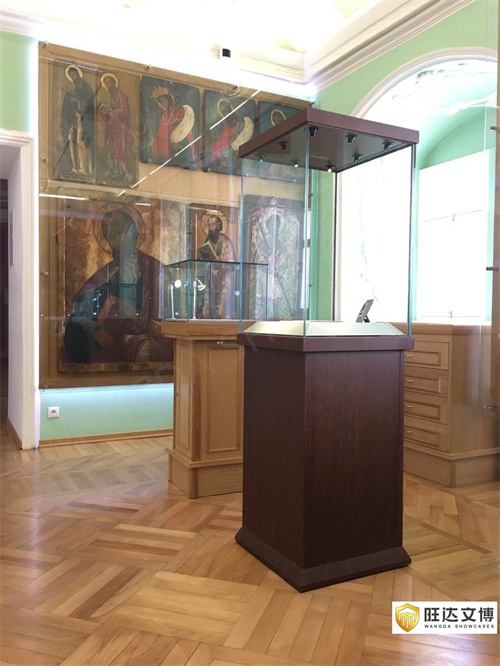
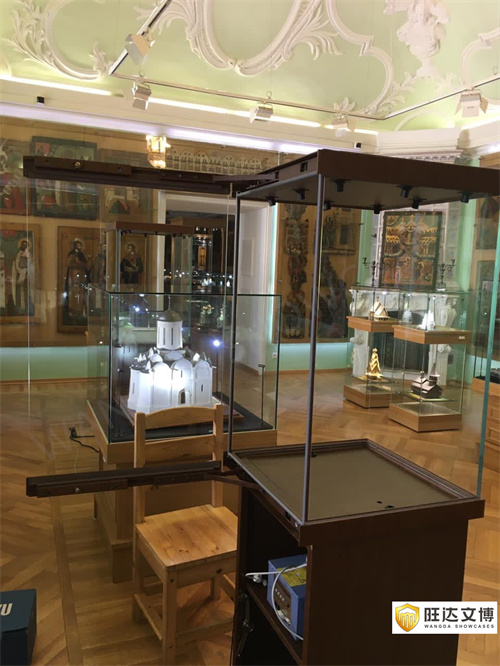
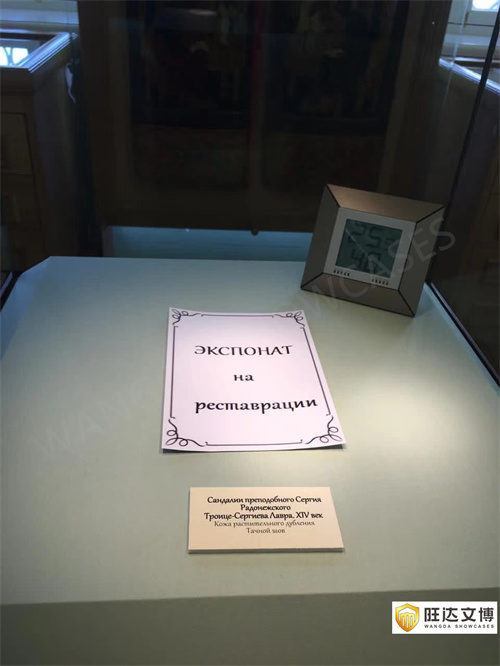
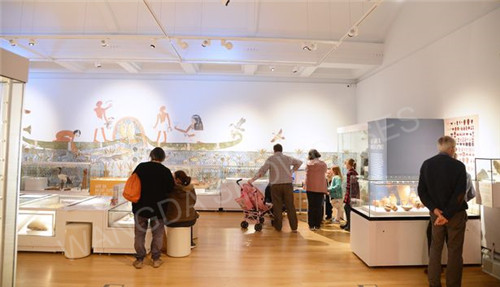
WANGDA SHOWCASES supplied and installed custom museum grade display cases|museum showcases|museum display cabinets|vitrines for the Egyptian Exhibition Gallery for New Walk Museum located in Leicester of United Kingdom.

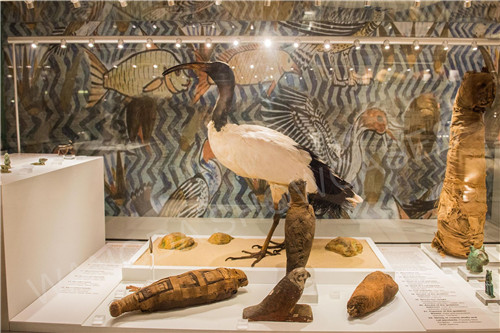
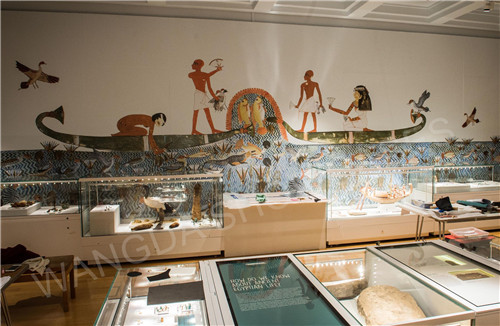
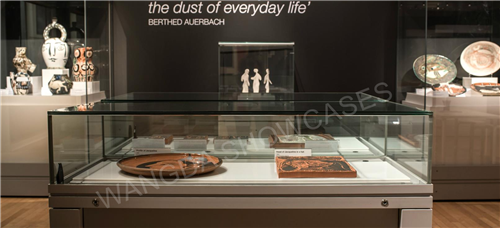
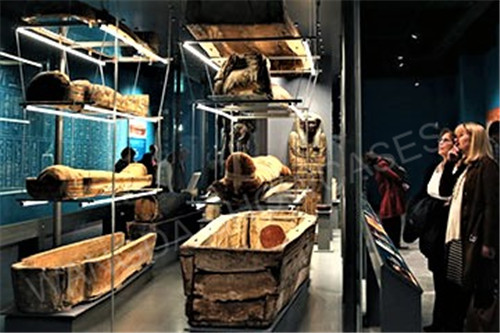
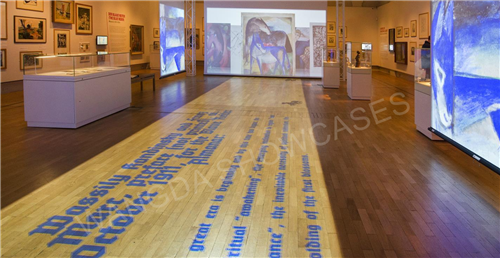
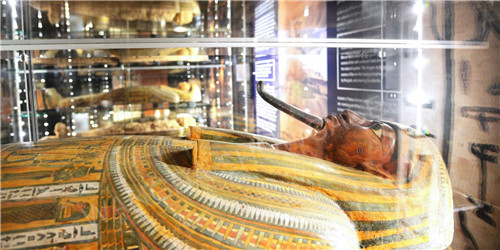
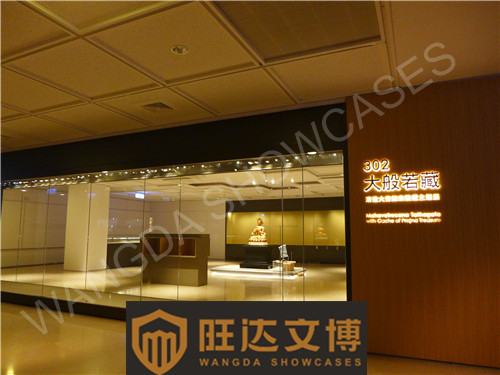
Being one of the main suppliers, WANGDA SHOWCASES customized about 150 museum grade display cases|museum showcases|museum display cabinets for Chung Tai World Museum, the largest buddha theme museum in the world and all the museum display cases were custom-built in compliance with the same high standards from the top professional supply from Germany.

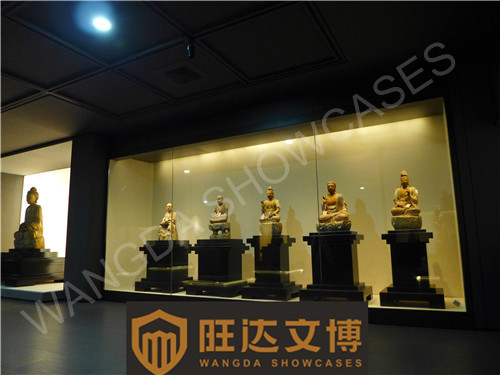
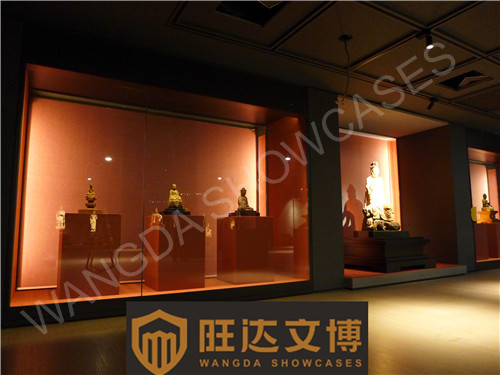
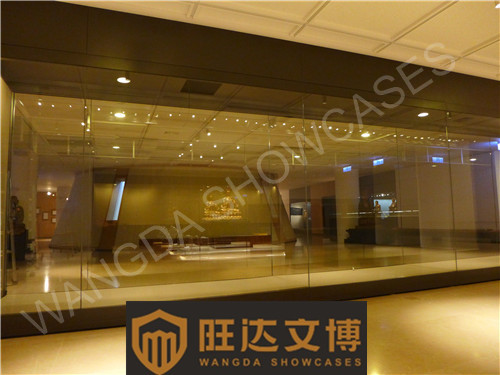
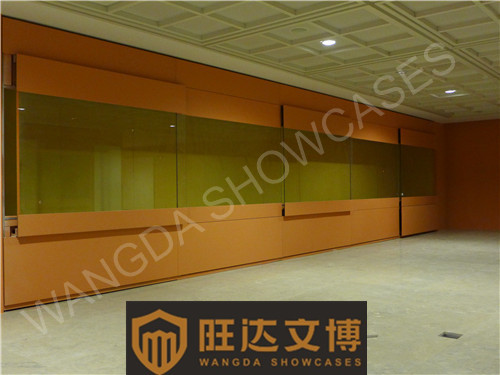
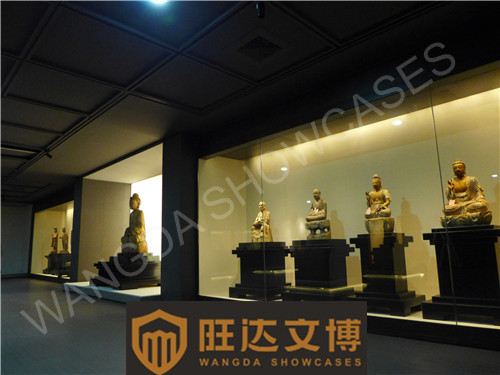
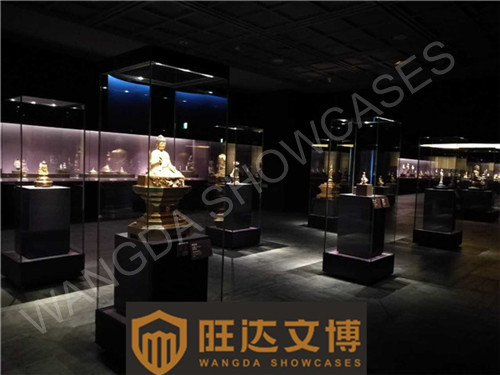
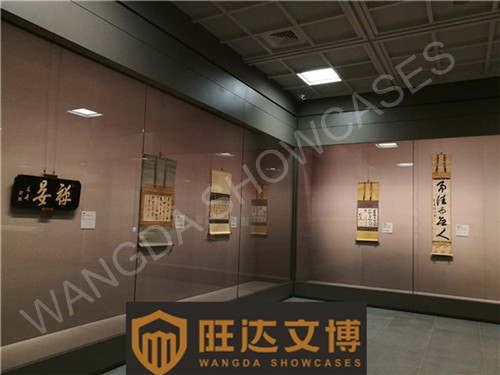
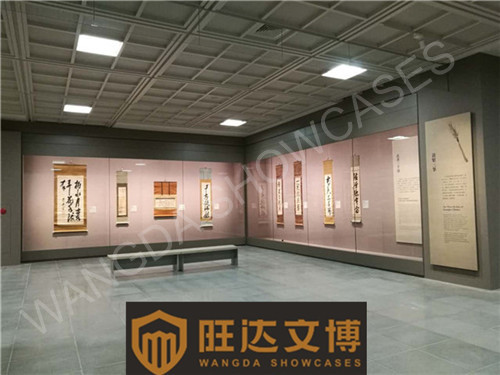
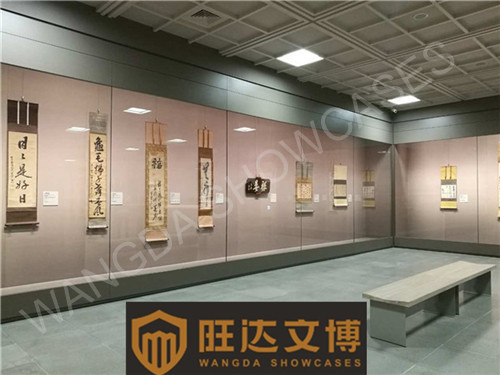
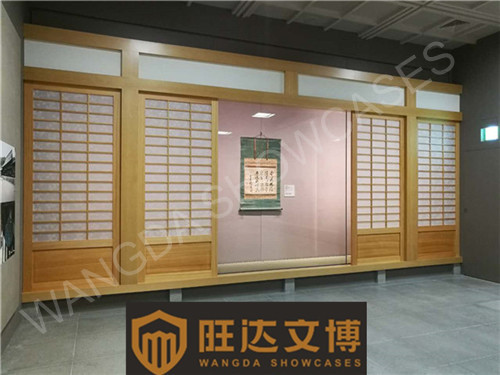
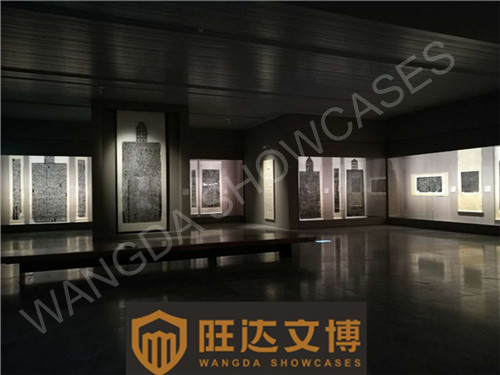
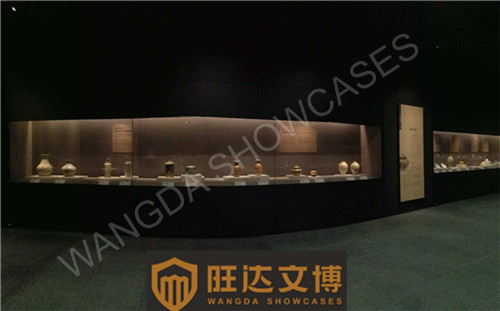
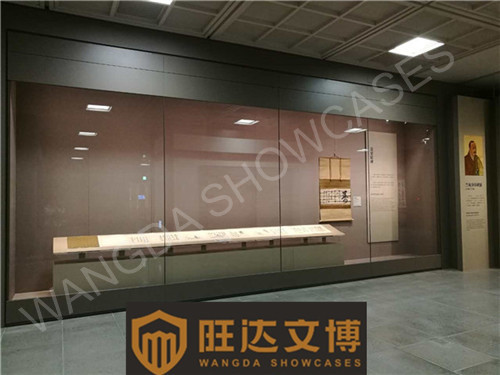

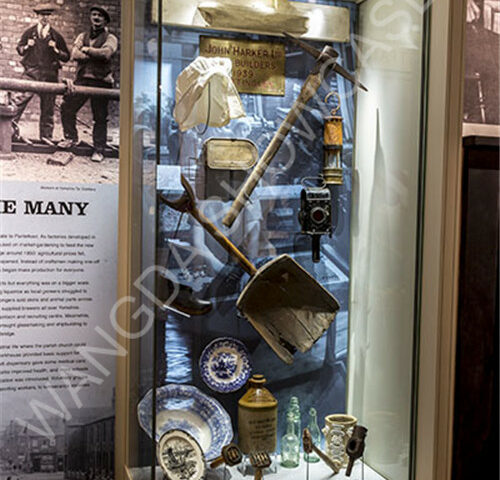
Exhibition in Pontefract Museum is now open to the public.Wangda Showcases supplied all the high-security custom museum display cases|museum showcases|museum display cabinets|vitrines to this museum.The exhibits include information on Pontefract Castle and Pontefract Cakes (liquorice sweets). Exhibits include finds from Pontefract Castle and St. John’s Priory, Pontefract, coins from the English Civil War, packaging from the Pontefract liquorice factories, coloured glass and locally printed material.Most of the collection has Pontefract connections, including the mining history of the town.
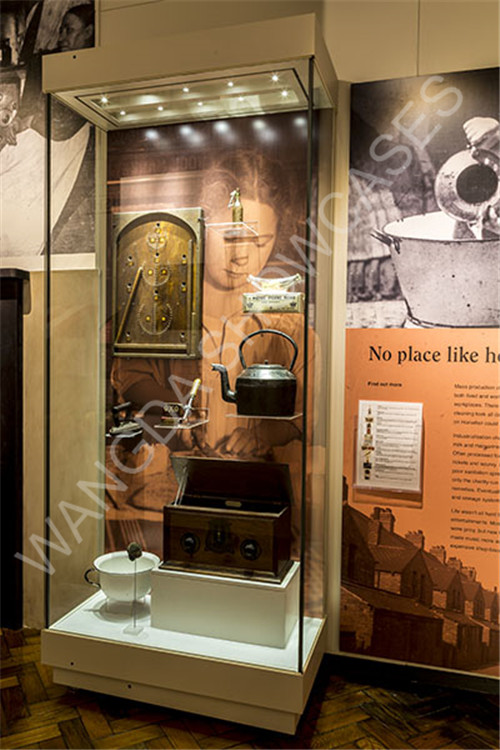
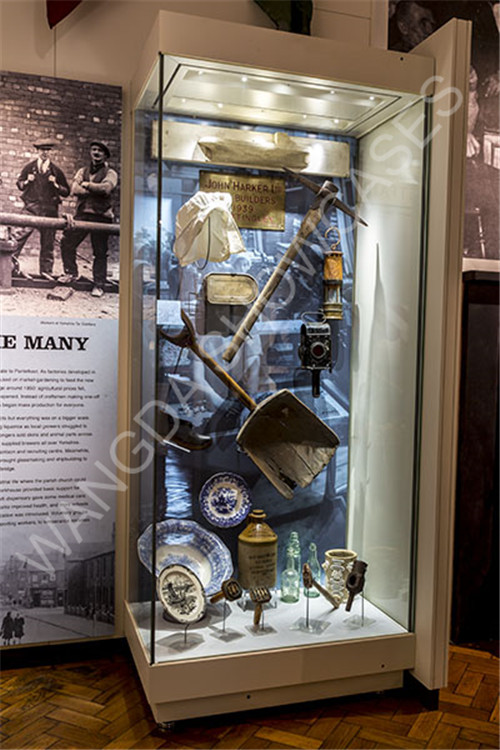
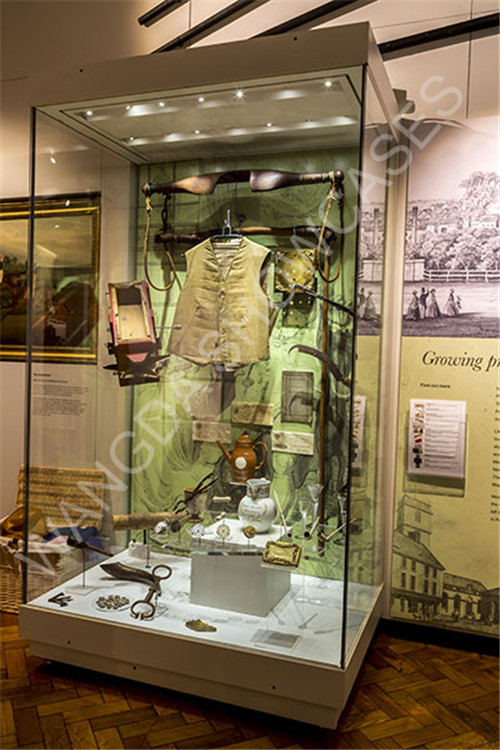
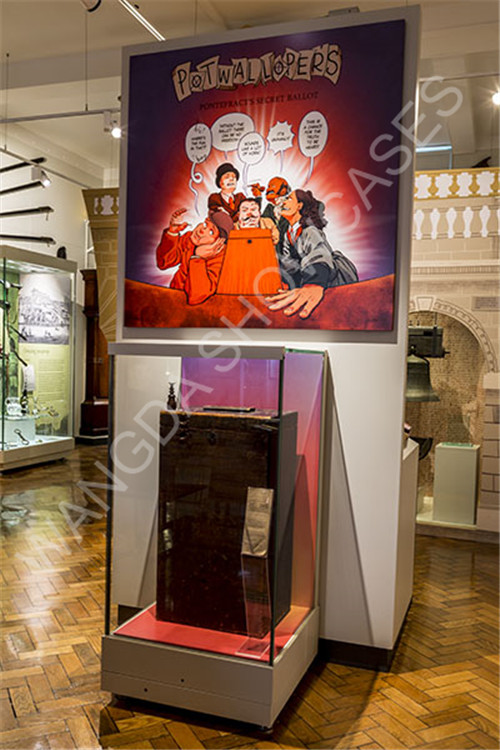
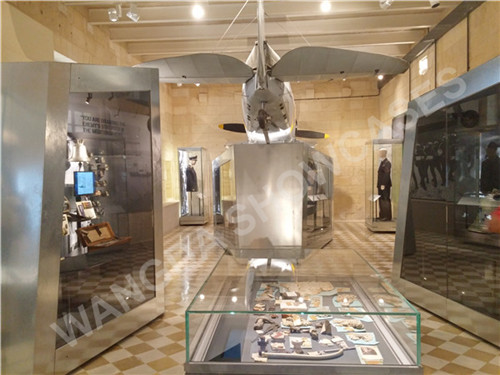
National War Museum of Mata was constructed in the ruin of Fort.St.Elmo.Hosted by Fort St Elmo,the National War Museum houses a superb collection of items which takes us back to prehistoric times.For permanent exhibition,collected valuable artifacts are displayed in chronological order, commencing from the early phases of the Bronze Age around 2,500 B.C.The National War Museum and National Military History Museum of Malta was established on the basis of ruin of Fort.St.Elmo,one of the important heritage of Malta.The National War Museum of Malta houses a superb collections which takes us back to prehistoric times. Artefacts are displayed in chronological order, commencing from the early phases of the Bronze Age around 2,500 B.C.
During the second Punic war Malta changed hands and became part of the mighty Roman Empire. The disintegration of the latter led to a period of unrest where it is speculated that Malta was subject to vandal attacks. The Eastern Roman Empire officially recognised as the Byzantines, reconquered Malta in 535AD. Little is unfortunately known about life on the islands during Byzantine times as Malta is rarely mentioned in historic documents.
Malta changed hands again in 870AD following a fierce battle between the Arabs and the Byzantines. For the next 221 years Malta was ruled by the Arabs and once again the culture changed to reflect these new rulers. The Normans, a rising power of the time, won Malta in 1090. These were succeeded by other European rulers that also governed the Kingdom of Sicily, namely the Swabians, Angevins, Aragon/Catalans and finally the Spanish.
Malta’s Middle Ages ends in 1530 with the arrival of the Knights of the Order of St. John. Medieval armour and other equipment displayed highlights the complex power struggle emerging in the Mediterranean and in Europe between Christians and Muslims with prominence being given to the Great Siege of Malta in 1565.
The post-Great Siege period saw the building of Valletta, numerous fortresses, fortification works and coastal fortifications throughout the 17th and 18th centuries.
The Order of St. John’s rule in Malta was brought to an end by arrival of the French in Malta led by none other than Napoleon Bonaparte. The rule of the French did not last long however. Just three months after their arrival the Maltese rebelled and with the assistance of the British, Malta got rid of the French invaders. The British took over Malta and transformed it into one of their many colonies.
Two halls are dedicated to Malta’s important role in WW I, the Inter-War Period and Malta’s historical role in the Second World War. Displayed in these halls one can find perhaps the three most important icons of this museum: the Gloster Sea Gladiator N5520 FAITH, Roosevelt’s Jeep ‘Husky’ and Malta award for gallantry, the George Cross.
Concluding the walk through Malta’s military role in history are displays dedicated to Malta’s Independence, becoming a Republic, Freedom Day and Malta joining the European Union.
All the high-end custom museum display cases|museum showcases|museum display cabinets|vitrines are supplied and installed by Wangda Showcases for National War Museum & National Military History Museum,Malta
